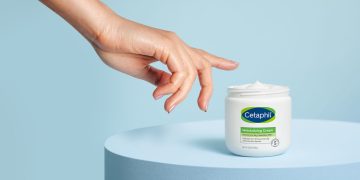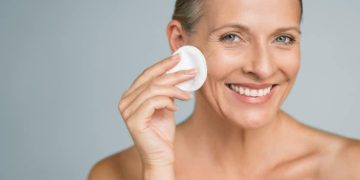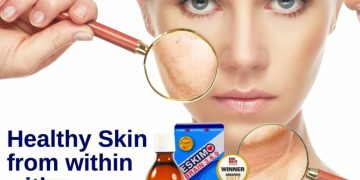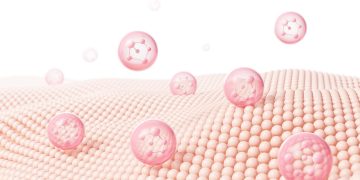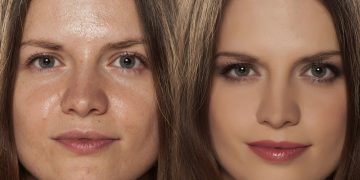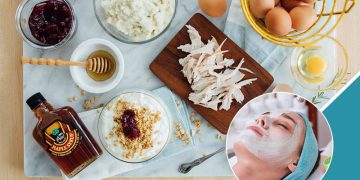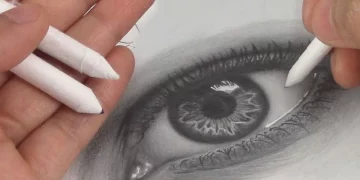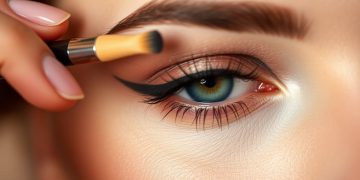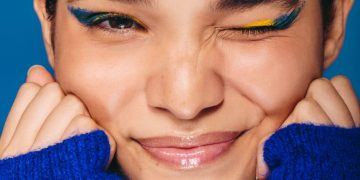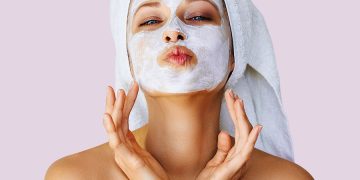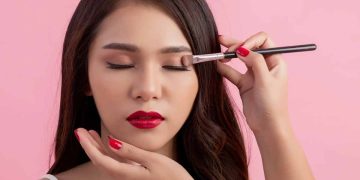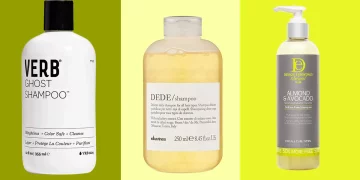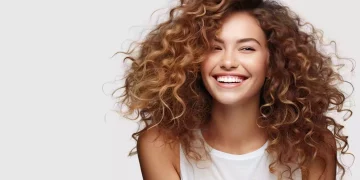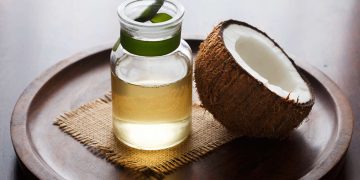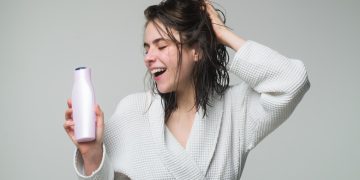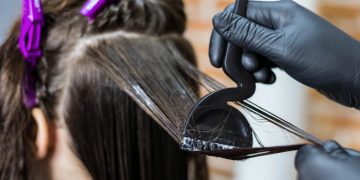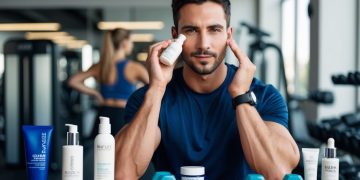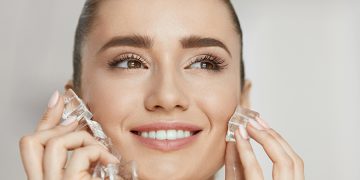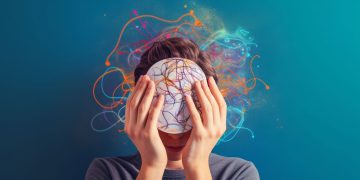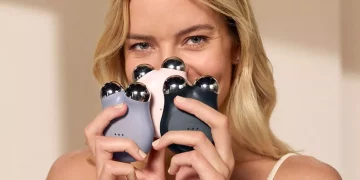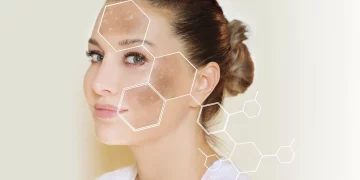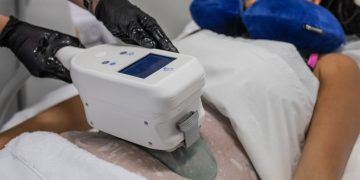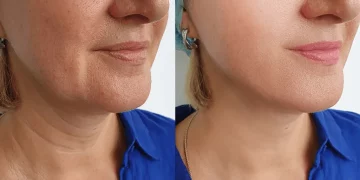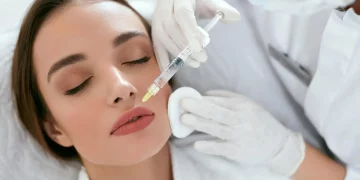Introduction
In recent years, the beauty industry has witnessed a dramatic shift towards genderless aesthetics, with makeup and skincare products that cater to all individuals regardless of gender. Traditionally, beauty and personal care brands have targeted products to specific genders, often through marketing strategies that reinforce the binary gender divide. However, the rise of gender-neutral or androgynous makeup has challenged these long-held norms, leading to a reevaluation of marketing strategies and product designs.
In this article, we will explore how the growing trend of genderless beauty, characterized by androgynous makeup looks, is reshaping the beauty industry. We’ll look at how these shifts influence brand marketing strategies, the impact of social and cultural movements like gender fluidity, and how beauty brands are adapting to stay relevant in an increasingly inclusive world. Furthermore, we will examine the role of social media, influencers, and digital platforms in promoting genderless beauty and the new marketing challenges that arise.
1. Defining the Genderless Beauty Movement
a. The Concept of Genderless Beauty
The genderless beauty movement advocates for products, marketing, and aesthetics that are free from traditional gender classifications. This movement aligns with the growing recognition of gender fluidity—a concept that goes beyond the binary view of male and female, embracing a more inclusive, fluid spectrum of gender expression. Genderless beauty is about freedom of expression and creating beauty products and looks that are accessible to anyone, regardless of their gender identity.
Androgynous makeup is one of the key expressions of this trend, where makeup is applied in ways that transcend traditional gendered lines. Think of bold eyeshadow, contoured cheekbones, unapologetic eyeliner, and neutral or bold lip colors—looks that are not tied to the traditional ideals of masculinity or femininity. The goal is to challenge beauty standards by making beauty routines and products universal, allowing consumers to define their own aesthetic, free from societal expectations.
This trend is fueled by social movements that support equality, inclusivity, and self-expression, creating a powerful shift in consumer behavior. It speaks to a larger cultural shift that embraces fluidity in gender, identity, and expression—challenging outdated norms that have long governed the beauty industry.
b. The Role of Cultural and Social Movements
In addition to individual self-expression, the genderless beauty trend has been significantly influenced by broader social movements. These movements focus on gender equality, LGBTQ+ rights, and the growing recognition of non-binary identities. Celebrities, influencers, and activists have been pivotal in pushing the boundaries of traditional gender roles, advocating for a world where beauty is not restricted by outdated gender norms.
Figures such as Harry Styles, Billie Eilish, Tessa Thompson, and Sam Smith have publicly embraced androgynous or gender-neutral fashion and makeup, further normalizing the idea that beauty and self-expression should be limitless. This has resonated with a younger, more inclusive generation who increasingly reject restrictive gender labels.
Social media platforms, particularly Instagram and TikTok, have played a key role in spreading the genderless beauty movement. These platforms have provided a space for people to express their identities, experiment with makeup, and celebrate beauty in all its forms. As the demand for inclusivity and diversity grows, brands are under increasing pressure to adapt their marketing and product strategies to reflect these cultural shifts.
2. How Androgynous Makeup is Disrupting Traditional Beauty Marketing
a. Moving Beyond Gendered Product Lines
Historically, beauty brands have divided their products into gendered categories—products marketed specifically for men or women. These categories reinforce the notion that makeup and personal care products should be tied to specific gender identities. However, the rise of genderless beauty is forcing brands to rethink this division.
Brands are now moving towards more inclusive product lines that appeal to a wider audience. Instead of separating products by gender, brands are creating universal collections that cater to everyone. For example, products like foundation, highlighters, eyeshadows, and lipsticks are marketed without a gender label, and the focus is on the quality, functionality, and results of the product itself, rather than who can or cannot use it.
This shift also involves eliminating language in marketing that reinforces gendered norms, such as referring to products as “for men” or “for women.” Many beauty companies are now opting for neutral packaging and inclusive advertising, which feature people of diverse gender identities. Fenty Beauty by Rihanna was one of the pioneering brands to take this approach, offering foundation shades that cater to a wide range of skin tones and marketing them as suitable for all genders.
b. Inclusive Campaigns and Representation
Traditional beauty marketing has often relied on stereotypical representations of beauty—think of long-haired women in floral dresses or muscular men with clean-shaven faces. These depictions reinforce gender-specific beauty standards. However, with the rise of genderless beauty, brands are moving away from these stereotypes and embracing more inclusive representations of beauty.
Inclusive campaigns now feature a wide range of models, including non-binary individuals, transgender people, and gender-fluid influencers. Brands are focusing on representation, showcasing beauty as an expression of identity, not tied to a specific gender. This shift is evident in campaigns for brands like Glossier, MAC Cosmetics, and Maybelline, which have highlighted non-traditional beauty icons who embody gender inclusivity.
As beauty brands focus on diversity, it’s becoming clear that a one-size-fits-all marketing approach no longer works. Instead, brands must tailor their messaging to reflect the personal and unique identities of their diverse customer base.
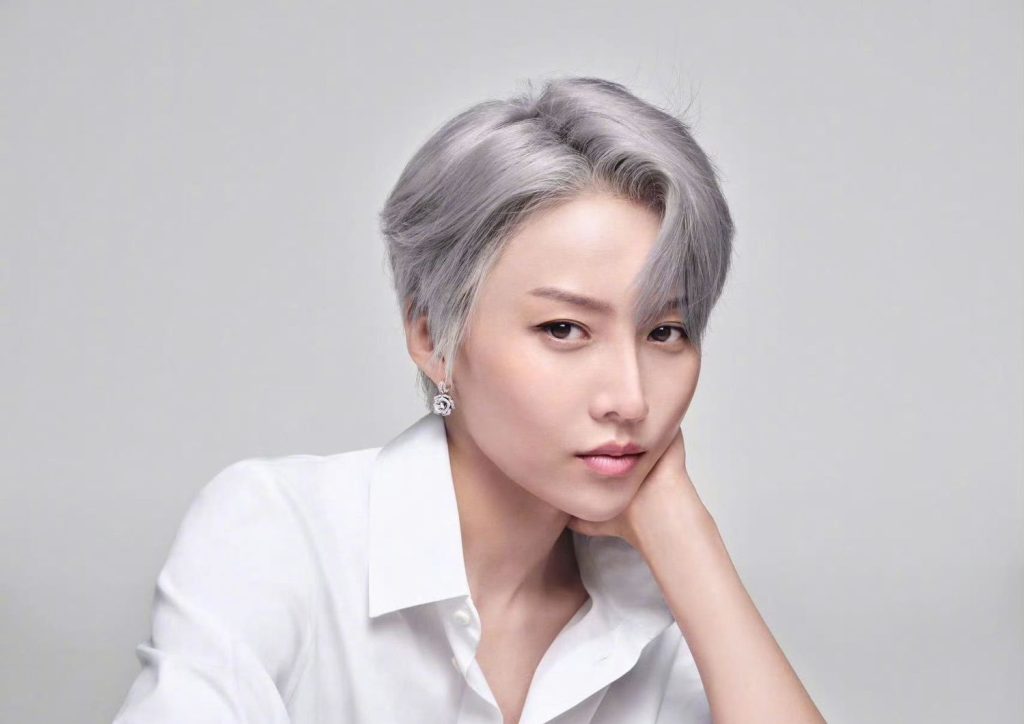
3. Marketing Challenges and Opportunities in the Age of Genderless Beauty
a. Navigating Cultural Sensitivities
While genderless beauty is becoming more mainstream, there are still challenges in terms of cultural sensitivity. Different markets have varying levels of acceptance of non-binary and androgynous aesthetics. For example, in some regions, gender roles are more rigid, and promoting gender-neutral beauty products may not be as well-received as in more progressive regions. Brands must be careful not to alienate any demographic by focusing too heavily on one gender-neutral aesthetic without considering cultural norms.
Brands must also navigate the risk of cultural appropriation and be mindful of how they present genderless beauty. It’s important for companies to avoid capitalizing on social movements without a genuine commitment to inclusivity and equality. Authenticity is key—brands that authentically embrace diversity and inclusivity will fare better than those that simply jump on the genderless beauty bandwagon for the sake of profit.
b. Expanding Product Offerings to Include Everyone
For brands, the rise of genderless beauty represents an opportunity to expand their offerings in ways that appeal to a broader audience. Products that can be marketed as universally applicable, such as multifunctional skincare products, neutral makeup tones, and versatile tools that work for all faces, present a chance for brands to innovate and meet the demands of a more inclusive market.
In addition, creating gender-neutral packaging and inclusive marketing materials allows brands to reflect their commitment to diversity and equality. By embracing a more inclusive approach, beauty brands not only capture a wider range of consumers but also align themselves with socially conscious movements, improving their public image and gaining loyalty from increasingly empowered customers.
c. Harnessing Social Media for Inclusivity
Social media plays a crucial role in the promotion of genderless beauty. Platforms like Instagram, TikTok, and YouTube have become important spaces for beauty enthusiasts, influencers, and creators to showcase their unique approaches to makeup and beauty. Many influencers are rejecting traditional beauty standards and experimenting with gender-neutral looks, which allows for more fluid and creative expression.
Brands that collaborate with gender-diverse influencers can reach new audiences and help redefine beauty standards. For example, Pat McGrath Labs, a luxury beauty brand, frequently features models of all genders and gender-fluid artists in their campaigns, creating a sense of inclusive luxury. The visibility of gender-fluid beauty influencers has significantly influenced mainstream beauty trends, pushing beauty brands to acknowledge the changing beauty landscape.
4. Conclusion: Embracing the Future of Beauty
The rise of genderless aesthetics and androgynous makeup has undoubtedly disrupted the traditional beauty industry. As consumers embrace more inclusive and fluid expressions of beauty, brands are evolving to reflect these values. The shift towards gender-neutral products and inclusive marketing strategies represents a broader cultural shift towards acceptance, diversity, and self-expression.
As beauty brands continue to navigate the challenges and opportunities of this new wave of beauty, it’s clear that the future of beauty is increasingly inclusive, genderless, and personalized. Brands that authentically embrace these changes and create products that are not defined by gender will not only thrive in this new landscape but also set the stage for a future where beauty truly knows no bounds.

